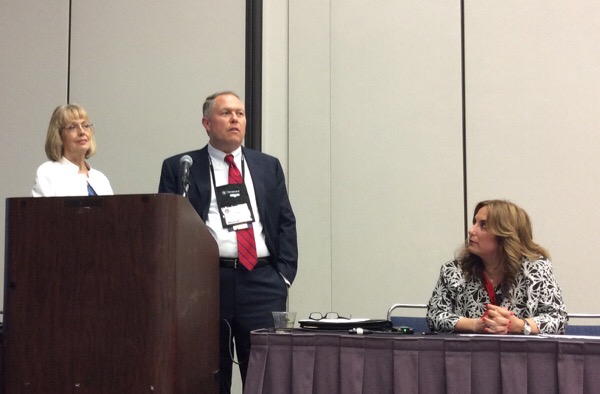It’s Not a Claim, It’s a Person
Those who deal with claims daily sometimes forget that a claim can be a scary experience for an injured employee. This panel at PRIMA’s 2015 Annual Conference explored ways to make claims a less stressful experience for entity employees.
The panel included:
- Kimberly George, Senior Vice President at Sedgwick Claims Management Services, Inc.
- Sarah Perry, ARM-P, Risk Manager for the City of Columbia
- Mark Walls, VP Communications & Strategic Analysis at Safety National
To better manage your workers’ compensation program, it’s important to consider every element impacting your injured employees. The best place to start is by simply viewing them as a person, rather than a claim.
Creating a Culture of Health
Ultimately, employees feel good when an employer cares and this helps return-to-work rates. It’s important to create a corporate culture that promotes health and healing, which includes the following elements:
1. Think of the whole person. Primary care is being held more accountable than ever to make sure that the entire person is healthy. You, as an employer, should do the same. Your hurt employee is not just an “elbow”. They might have psychological issues that impact their ability to heal. Employers should include all contributing factors to get that employee back to work.
2. Empathize with the employee. This is a critical factor. Employers need to evaluate what they are doing to truly understand what the employee is experiencing and what they need to heal. How are you listening? Are you understanding? Are you taking the conversation with the employee to the next level and benefiting from the information?
3. Adjust your focus to include customer service. Your customers are your internal employees. This includes many factors, including how employees prefer to receive communications to letting employees choose their own doctors. Their experience has a compelling impact on return-to-work results.
4. Provide wellness resources. Large companies have worked to evolve their health culture around personal accountability. Companies that implement these programs are seeing that if they engage employees in their own personal health, they often begin to see results within one year. This starts with providing wellness programs to encourage healthy behavior.
What Can Employers Do?
There are several things that employers can do to help improve their injured employees’ experience, including:
1. Increasing communication with employees. This has to vary because not everyone responds to the same type of communication. An example of a communication tool could be creating a brochure with frequently-asked question to help alleviate problems by addressing questions up front.
2. Providing customer service surveys to your employees. This helps the employer understand what’s broken with their program. There is always room for improvement.
3. Not relying too heavily on supervisors to gather your information. You may find it is more helpful to use supervisors in a supportive role and have the employee talk to risk management about the actual claim. This gives the employee an advocate in the process.
4. Creating an employee assistance program. Find out what else is going on in your employees’ lives. What you consider as “drama” is actually critical information for your employee to get better, do well and come back to work. These resources contribute to helping the employee get better.


